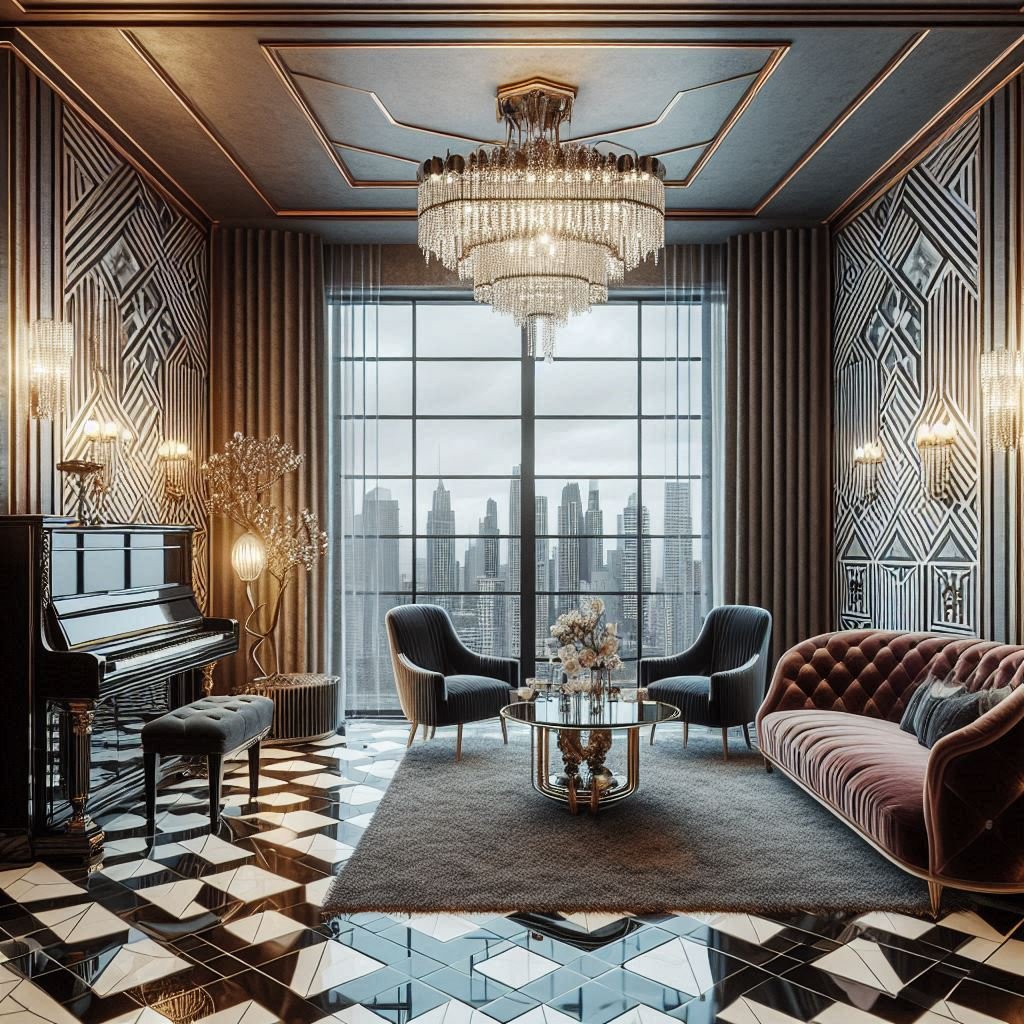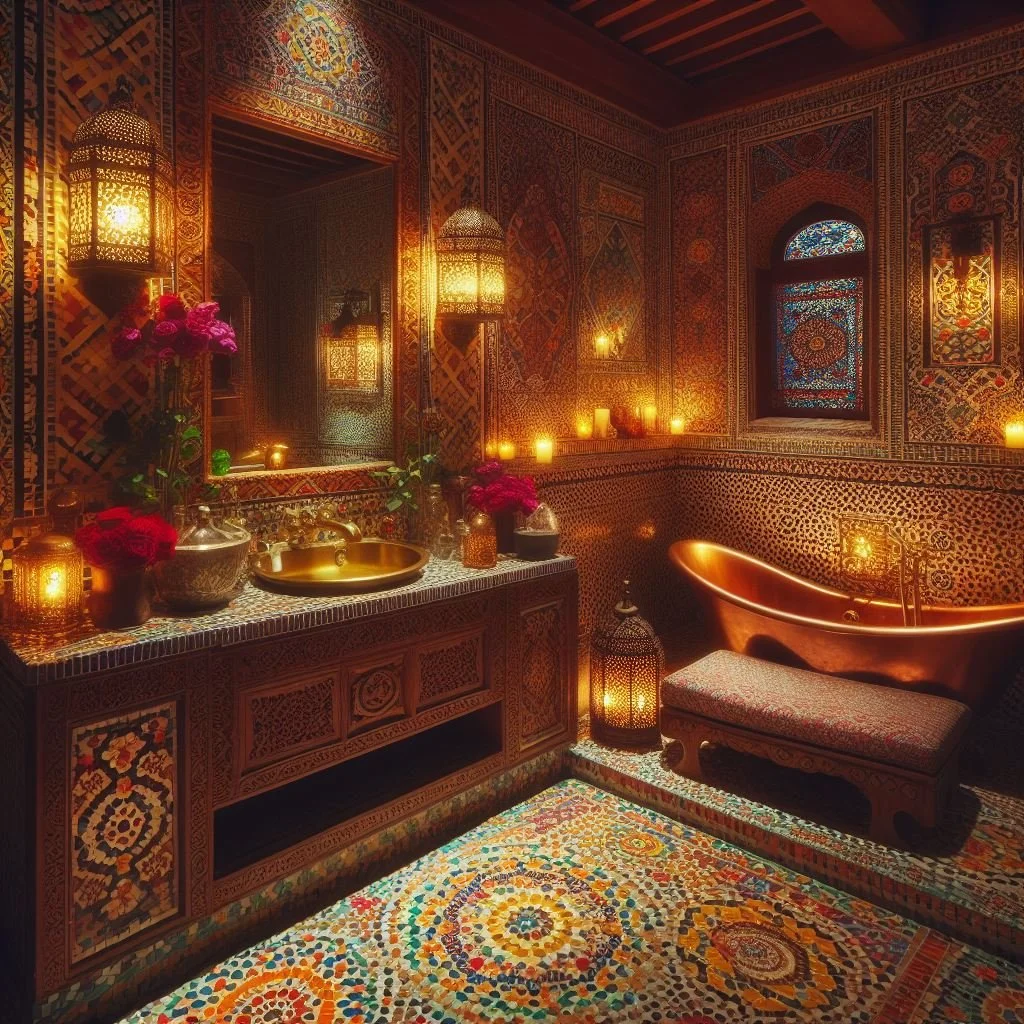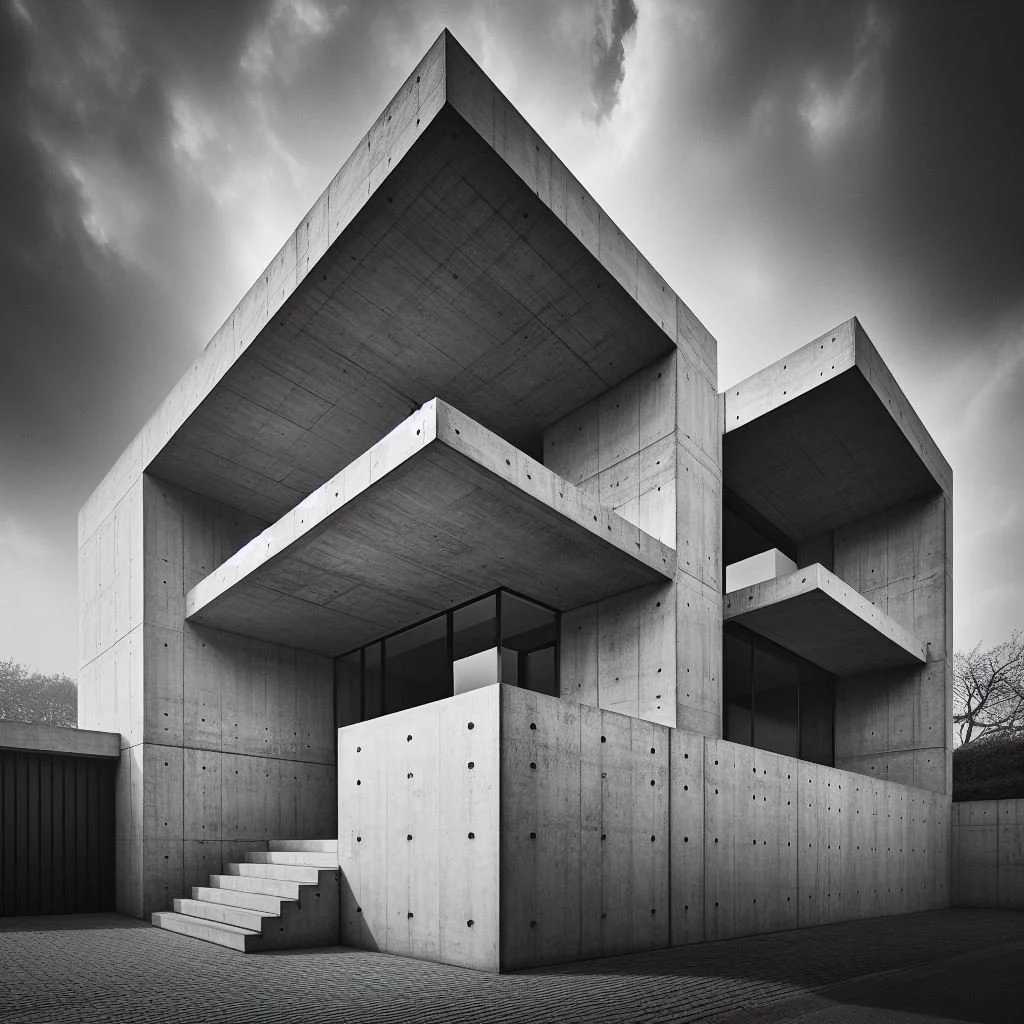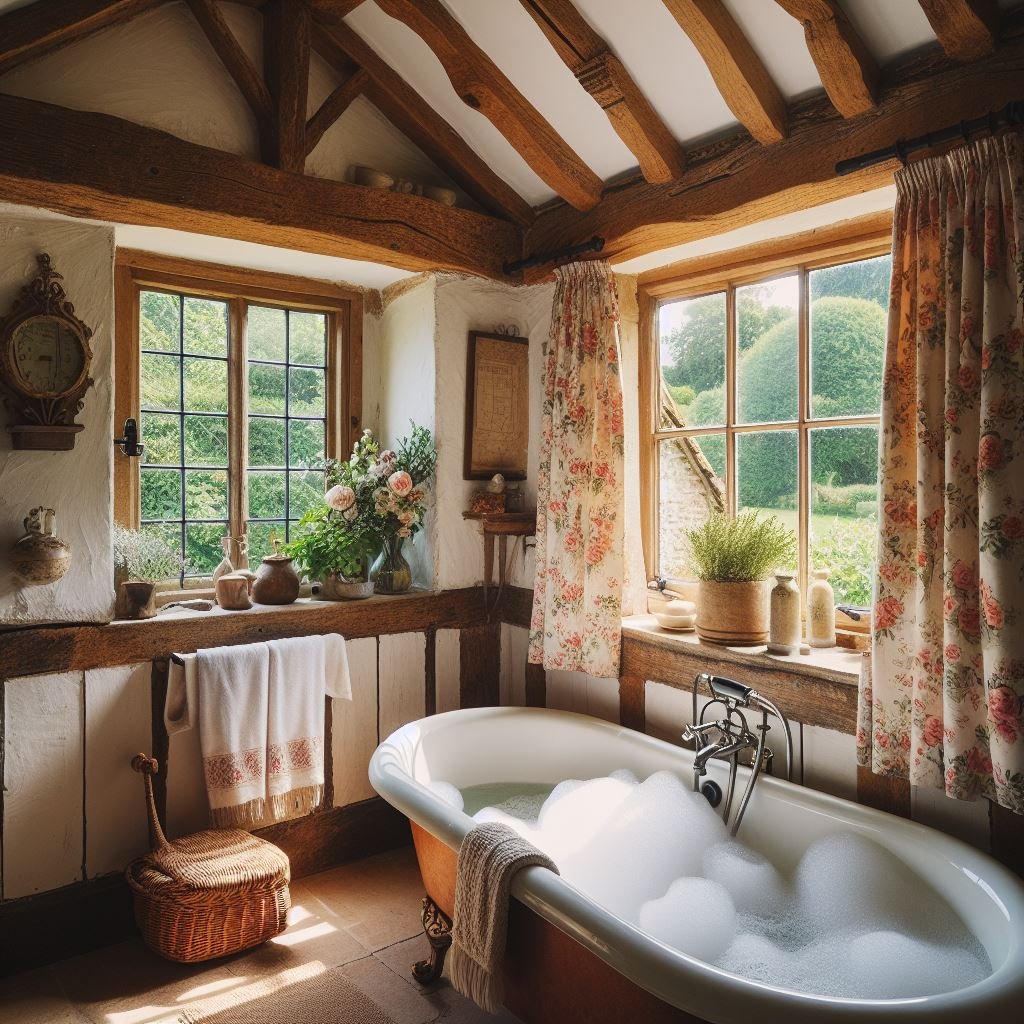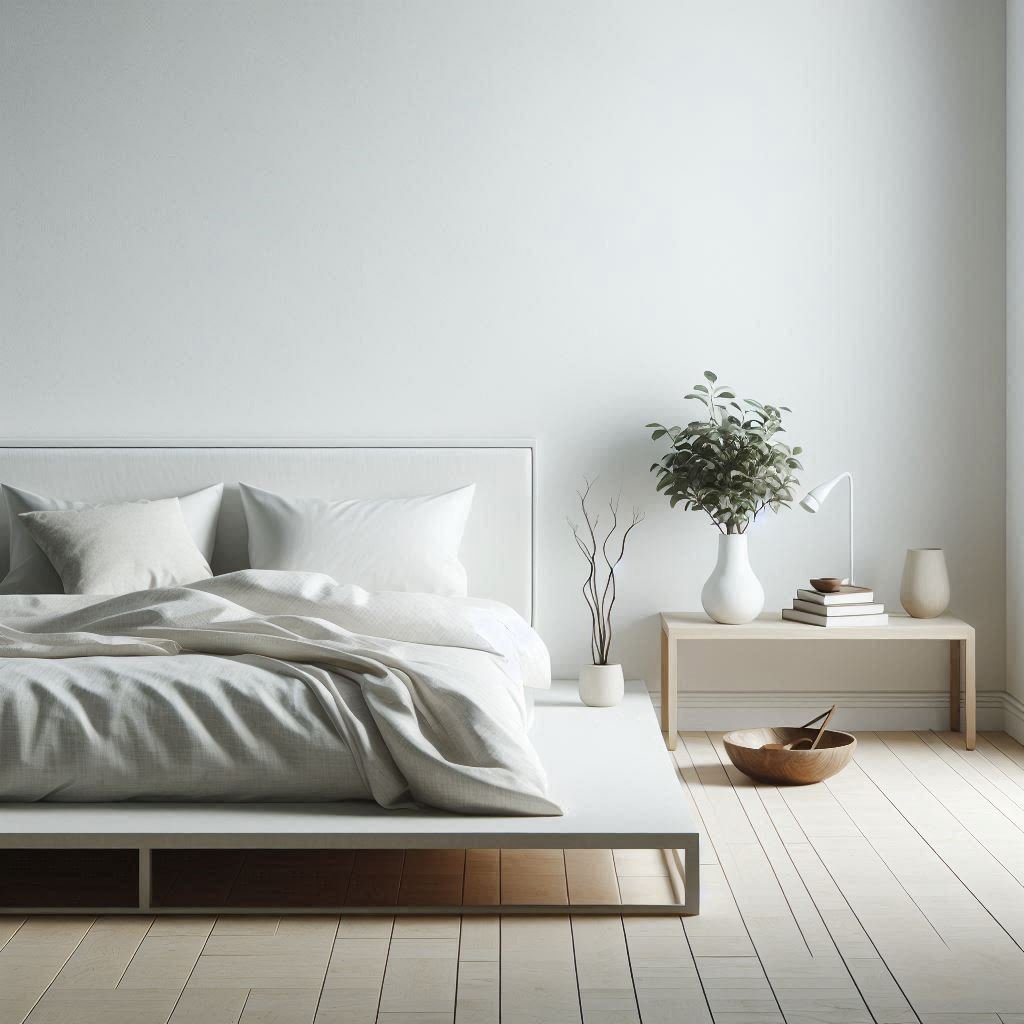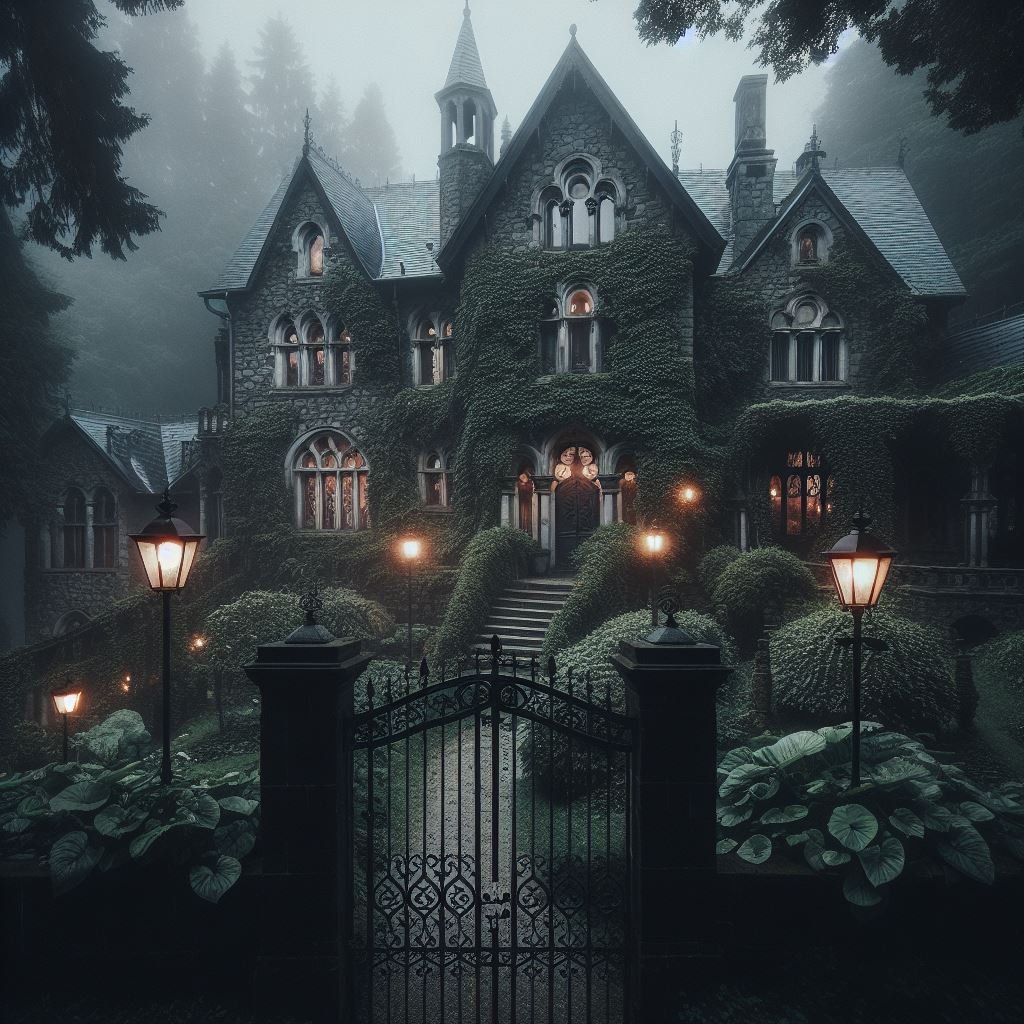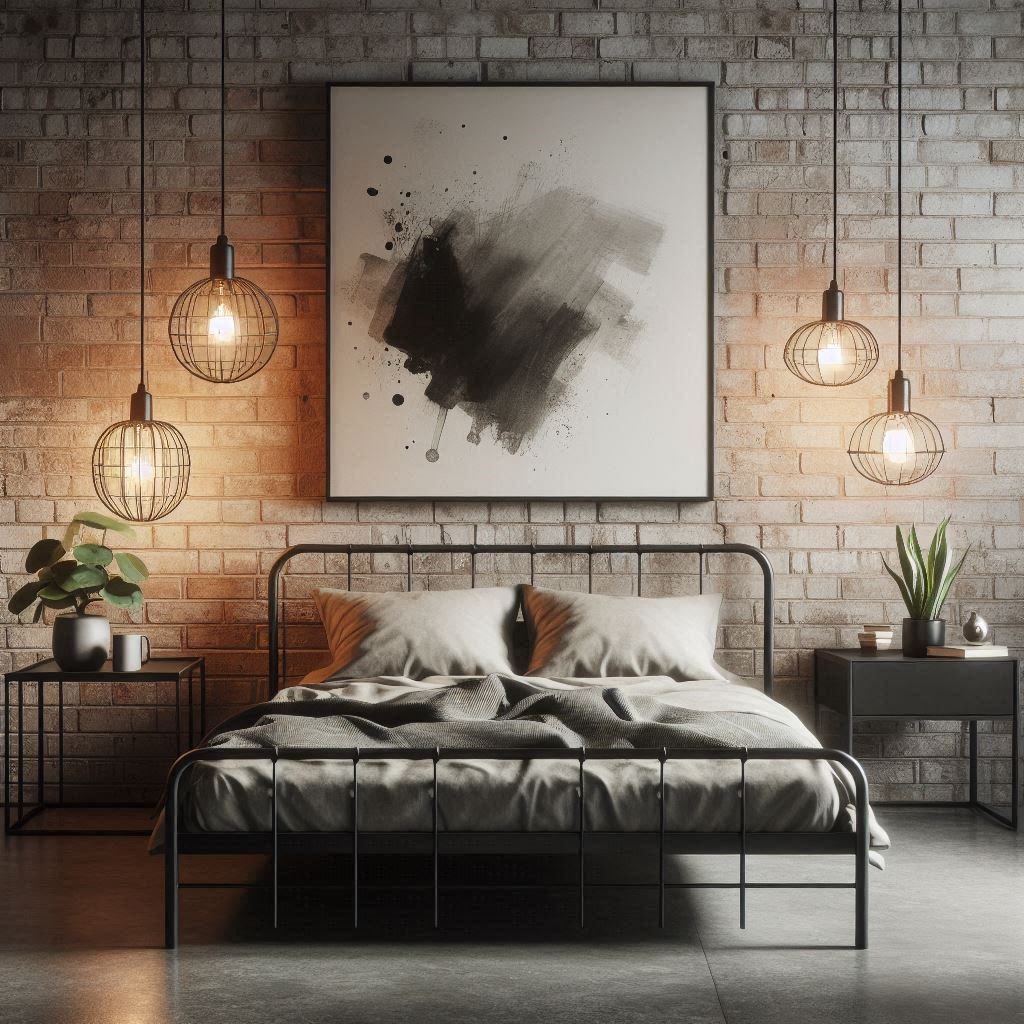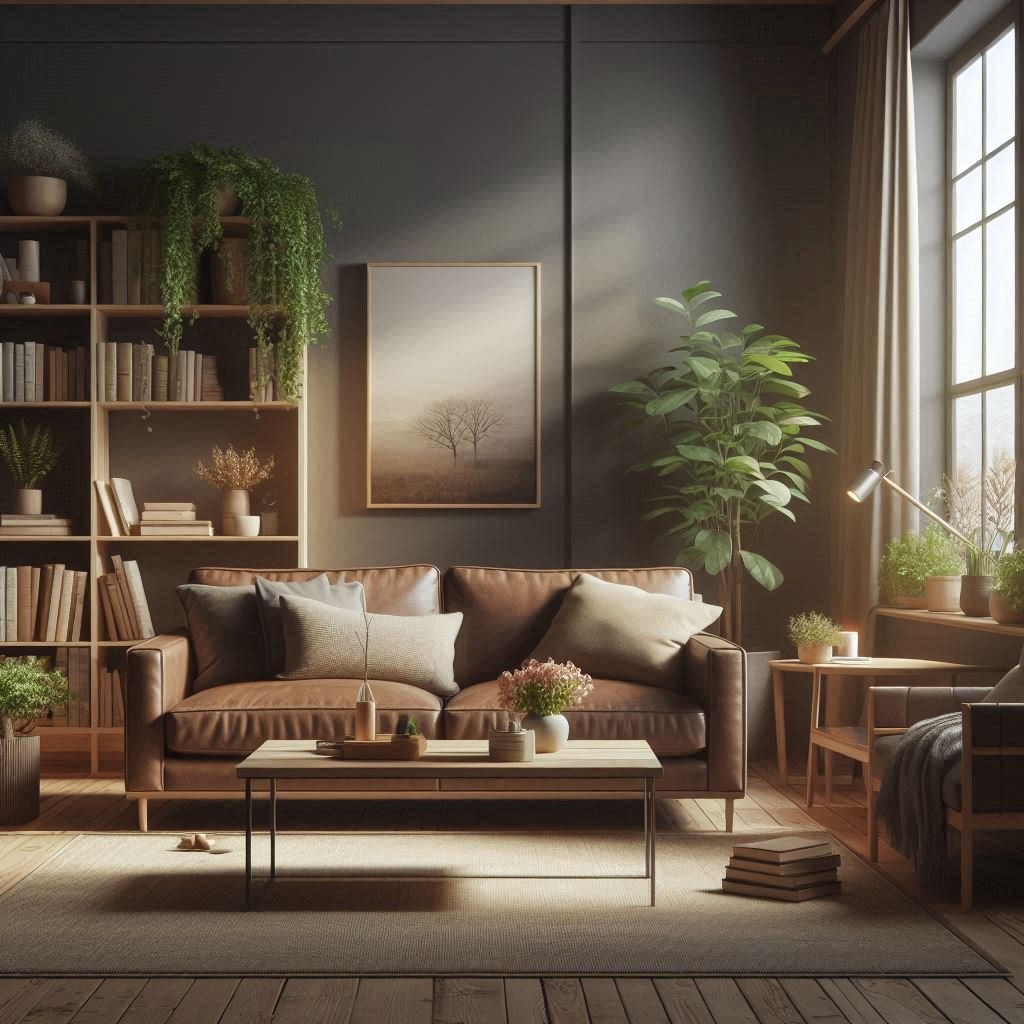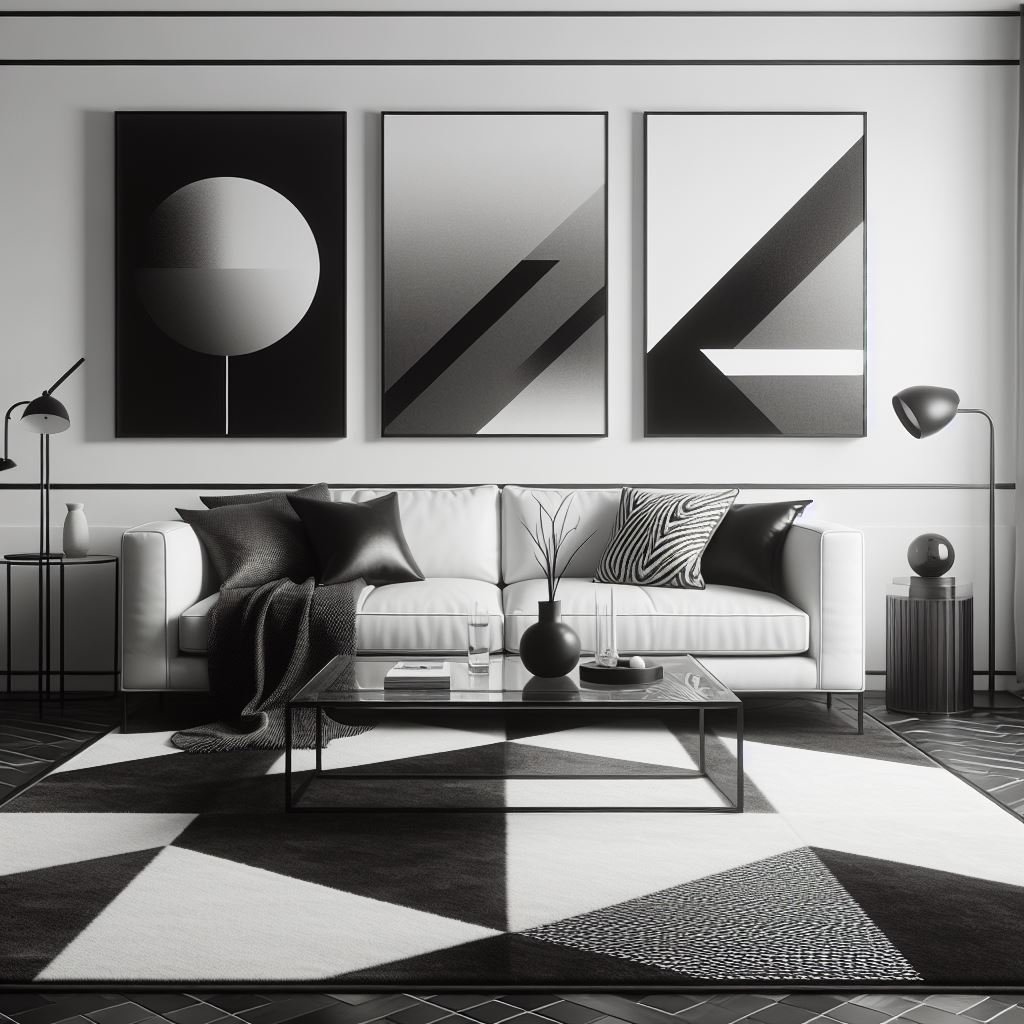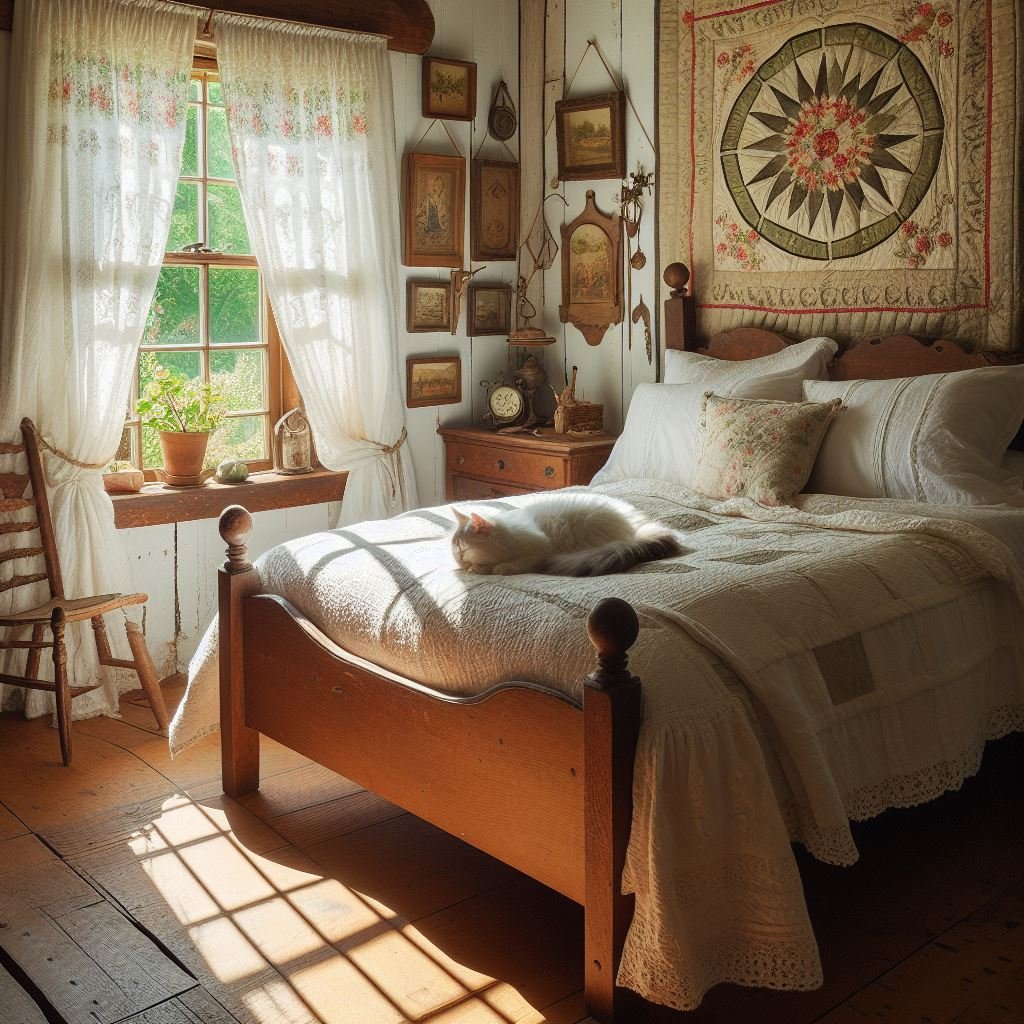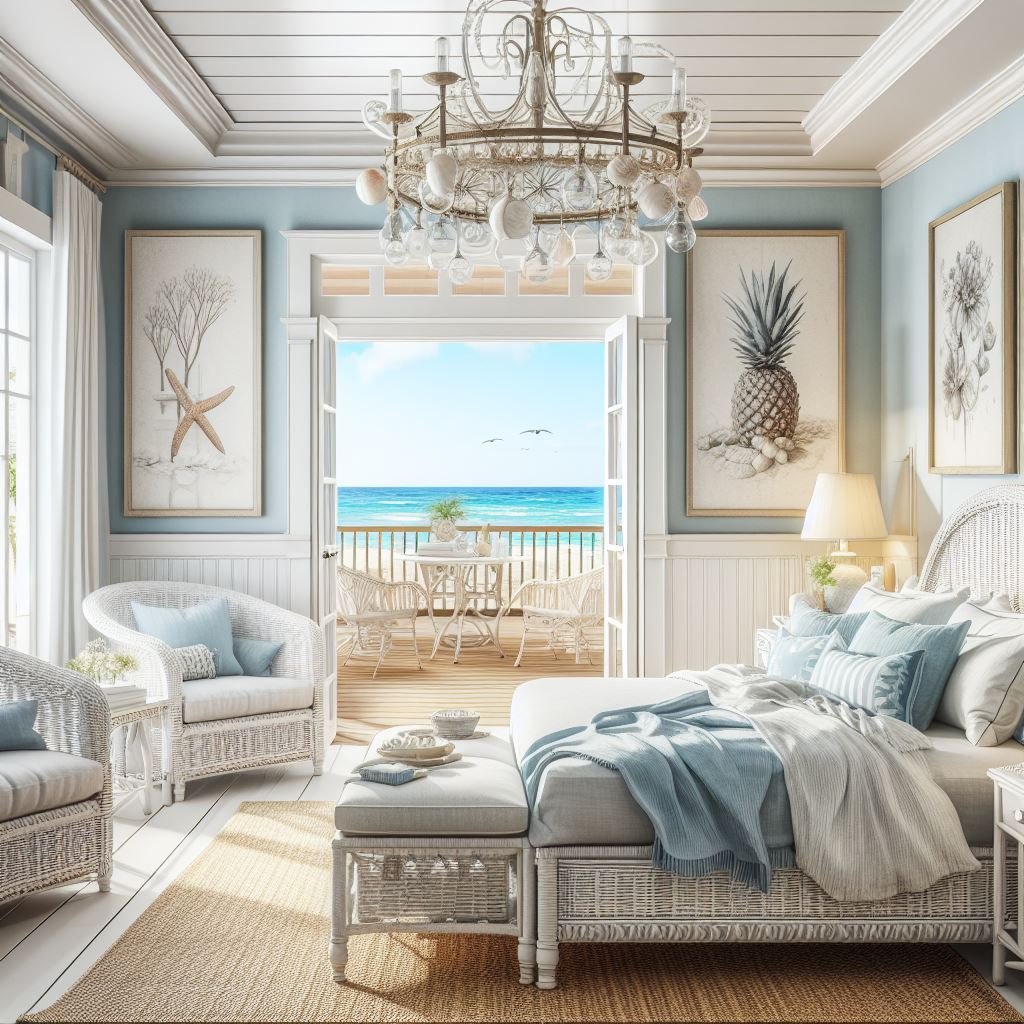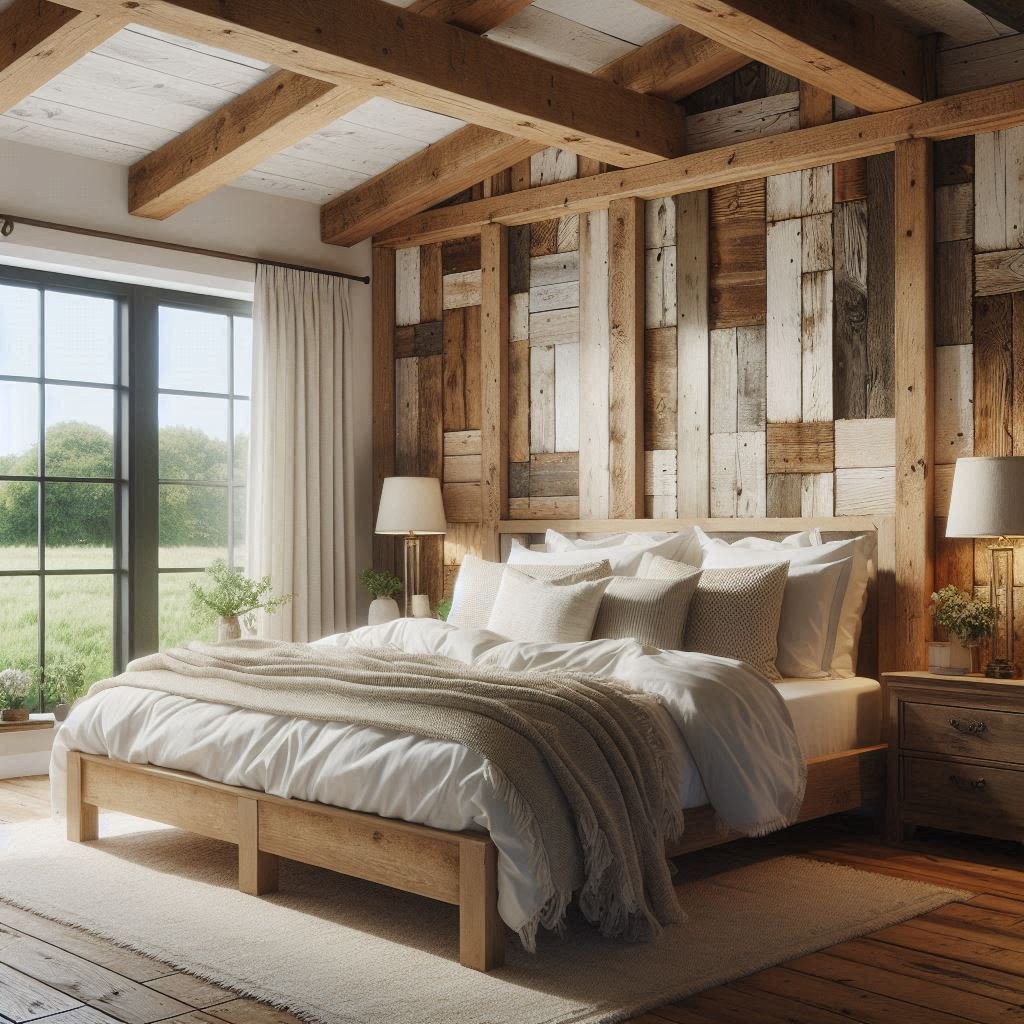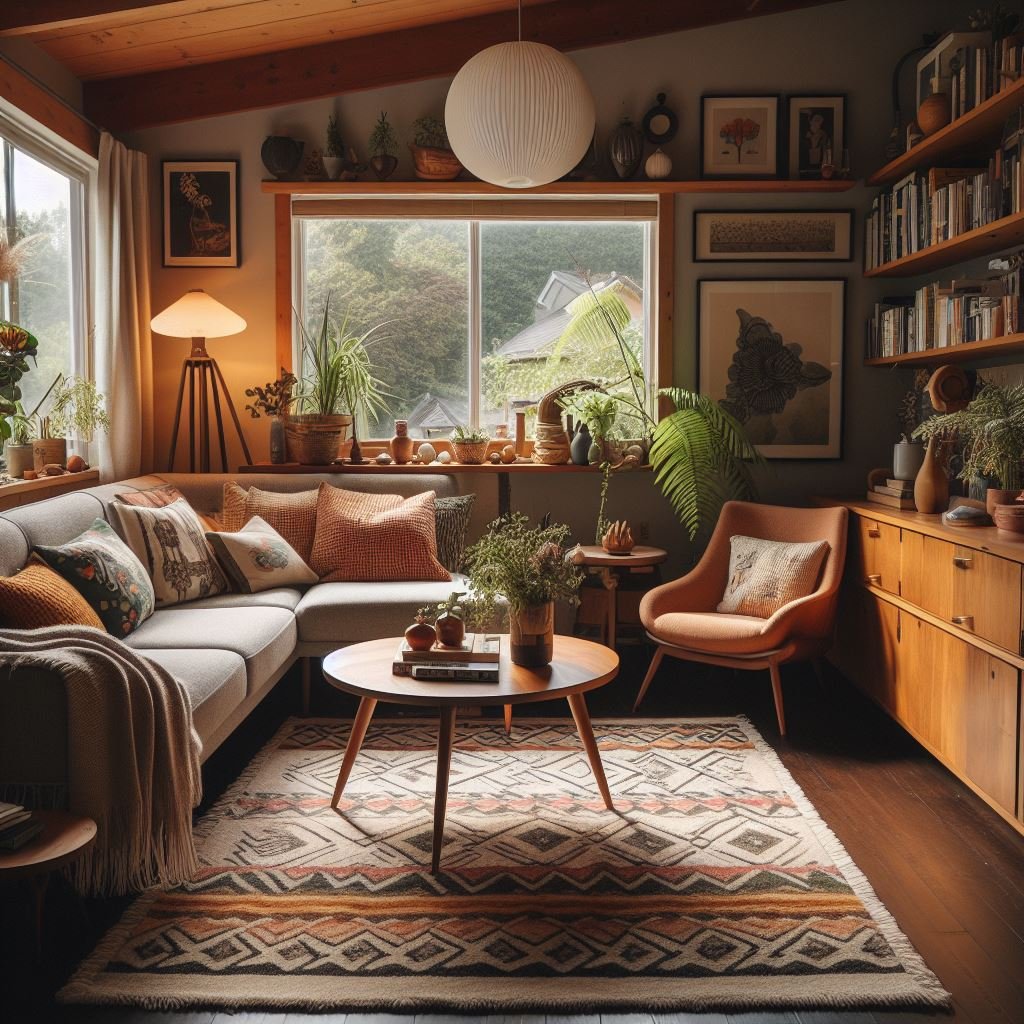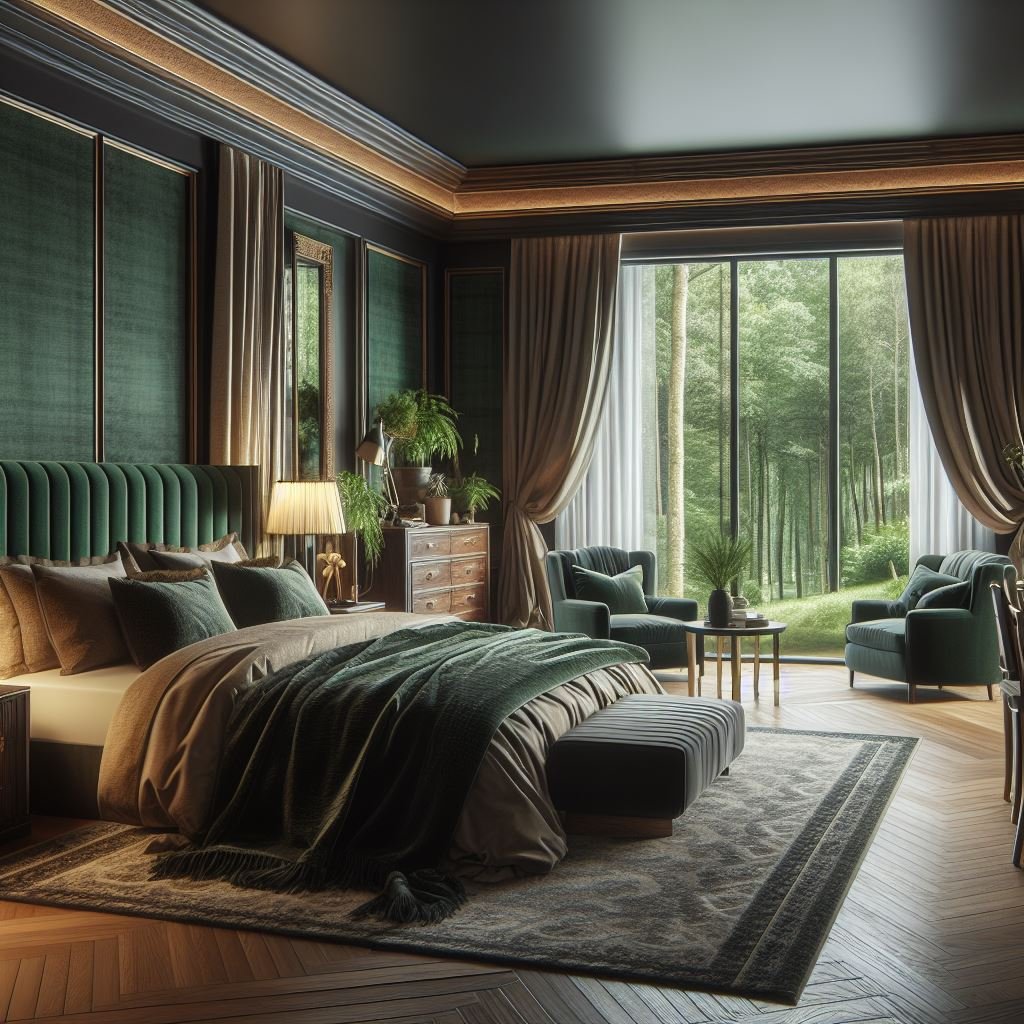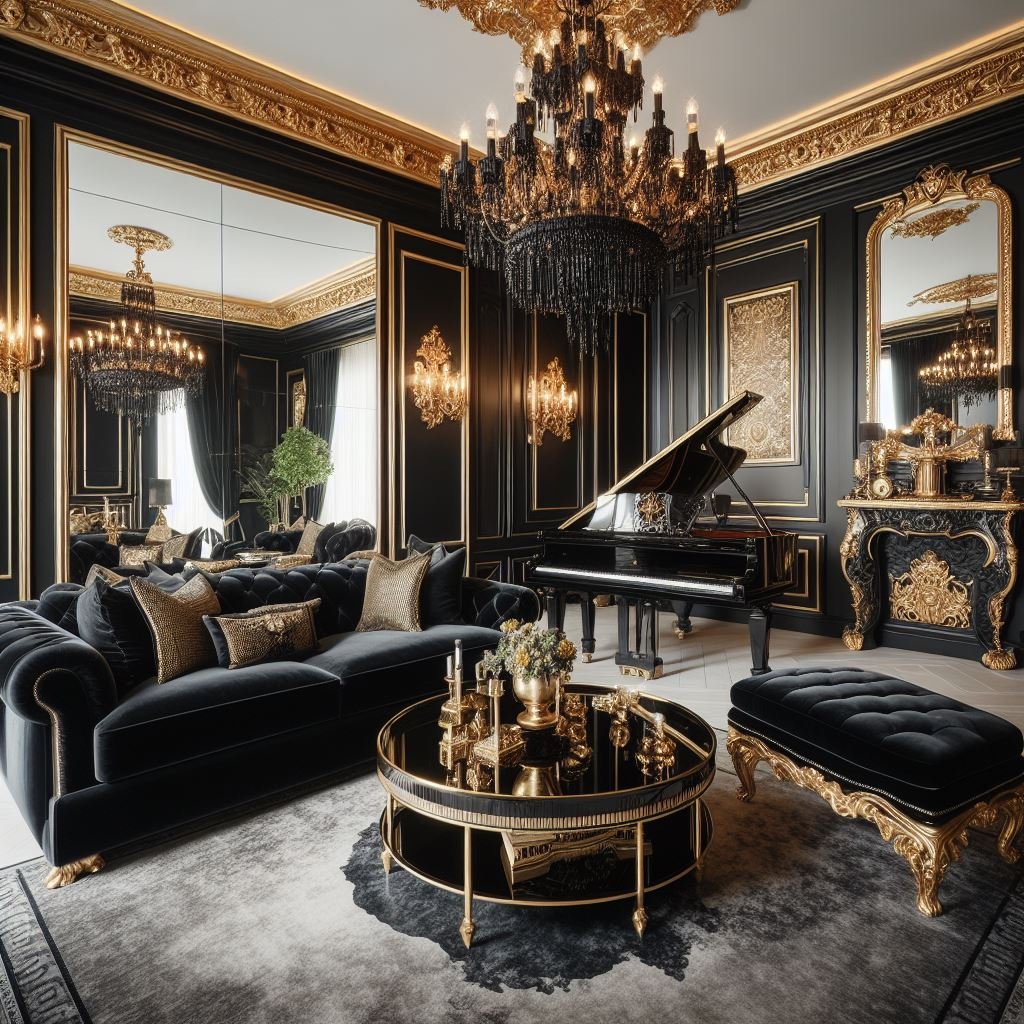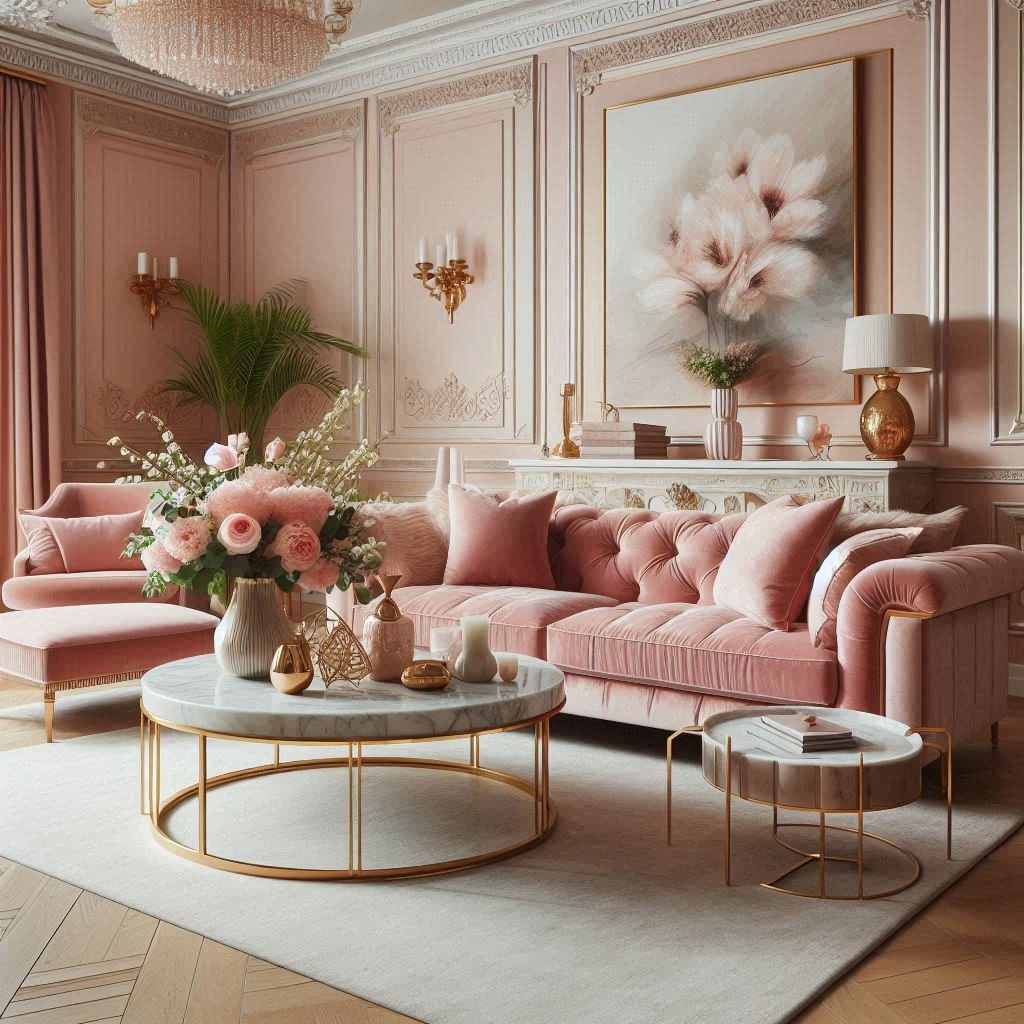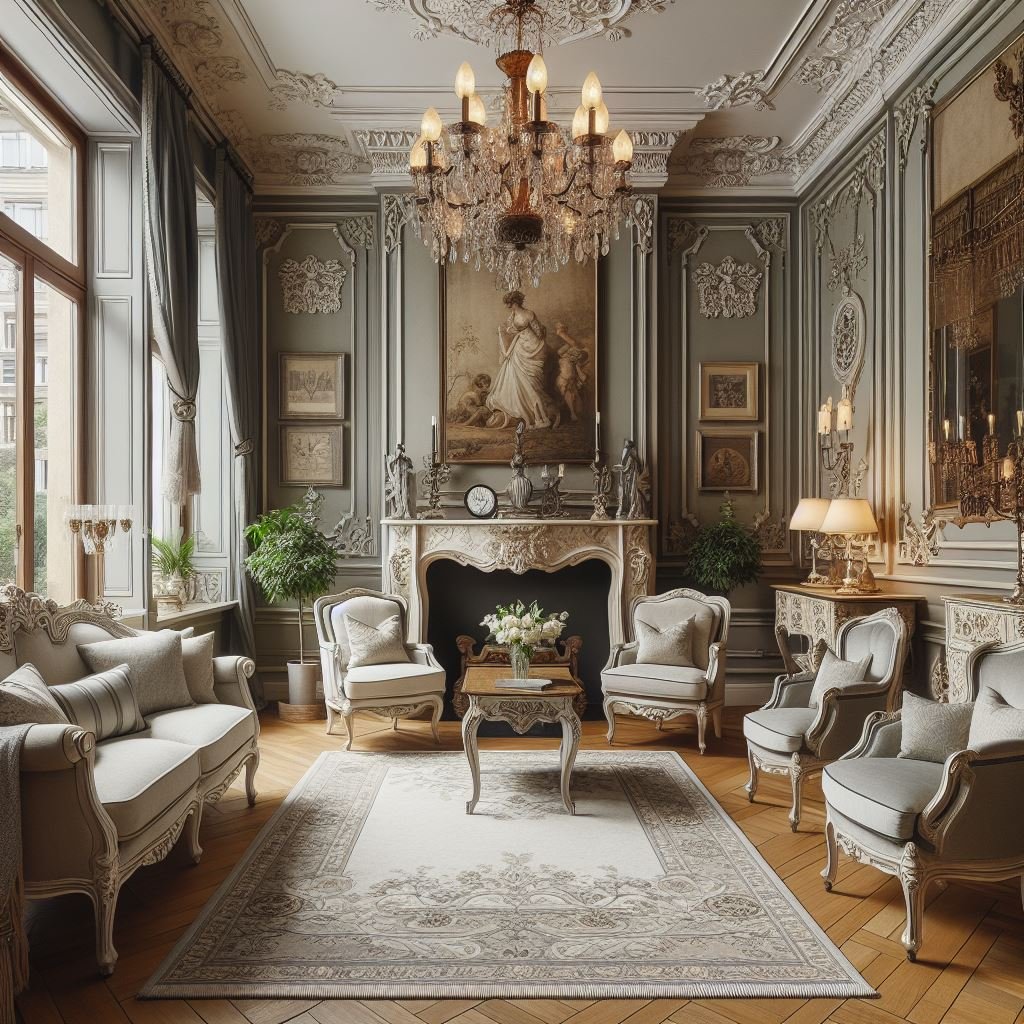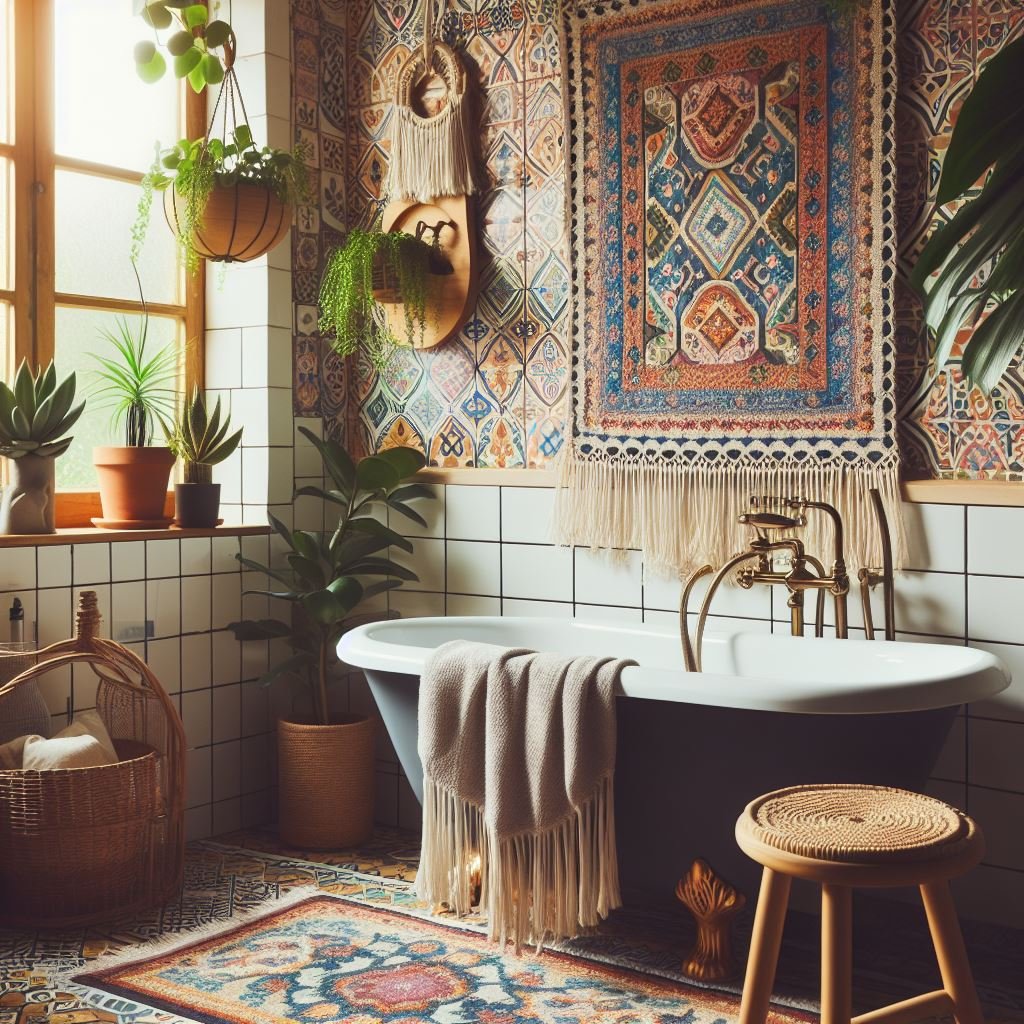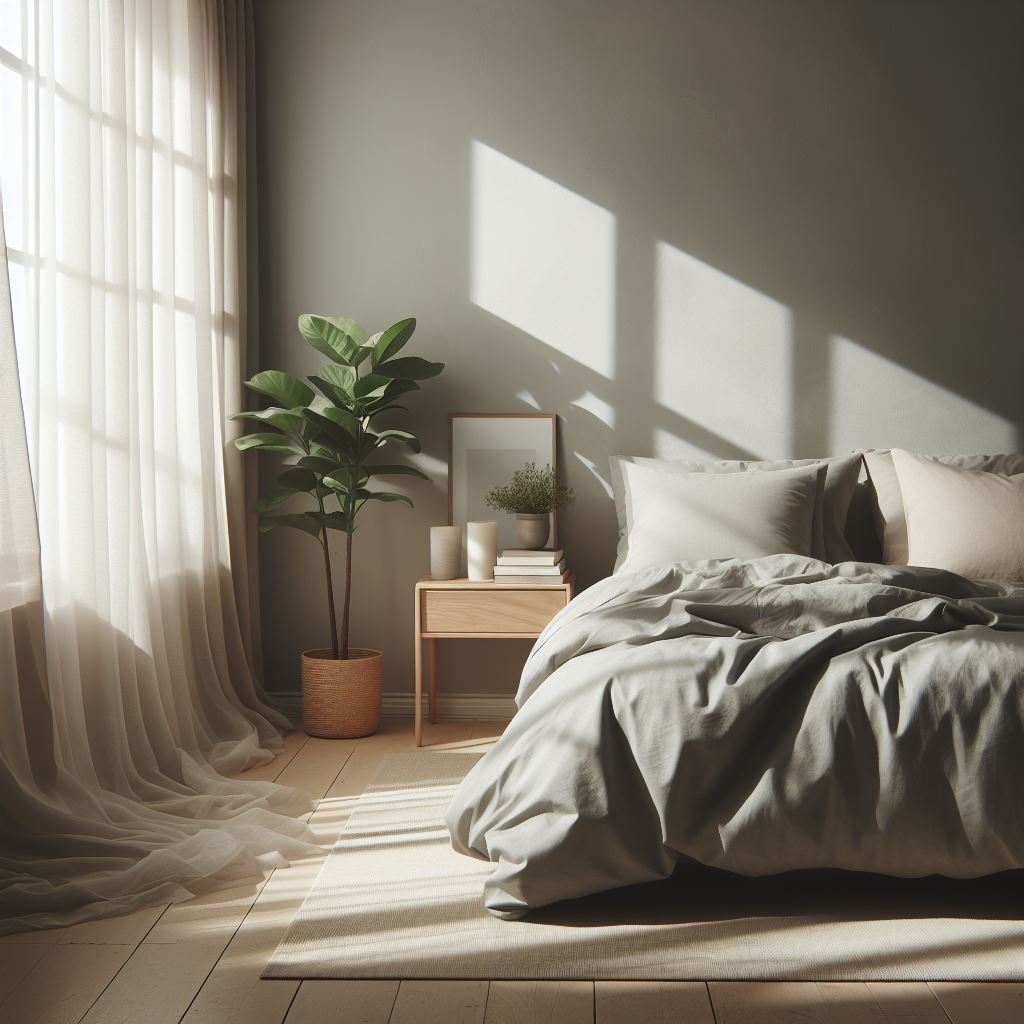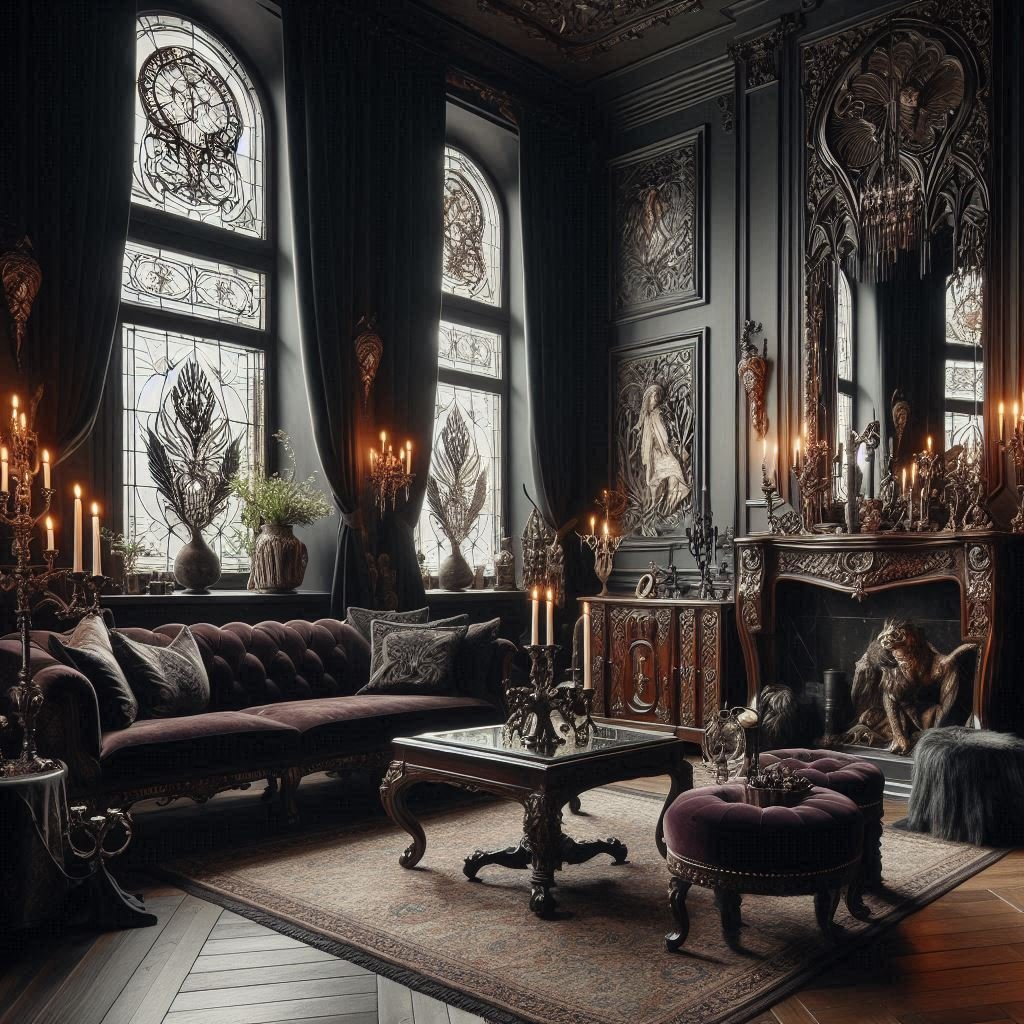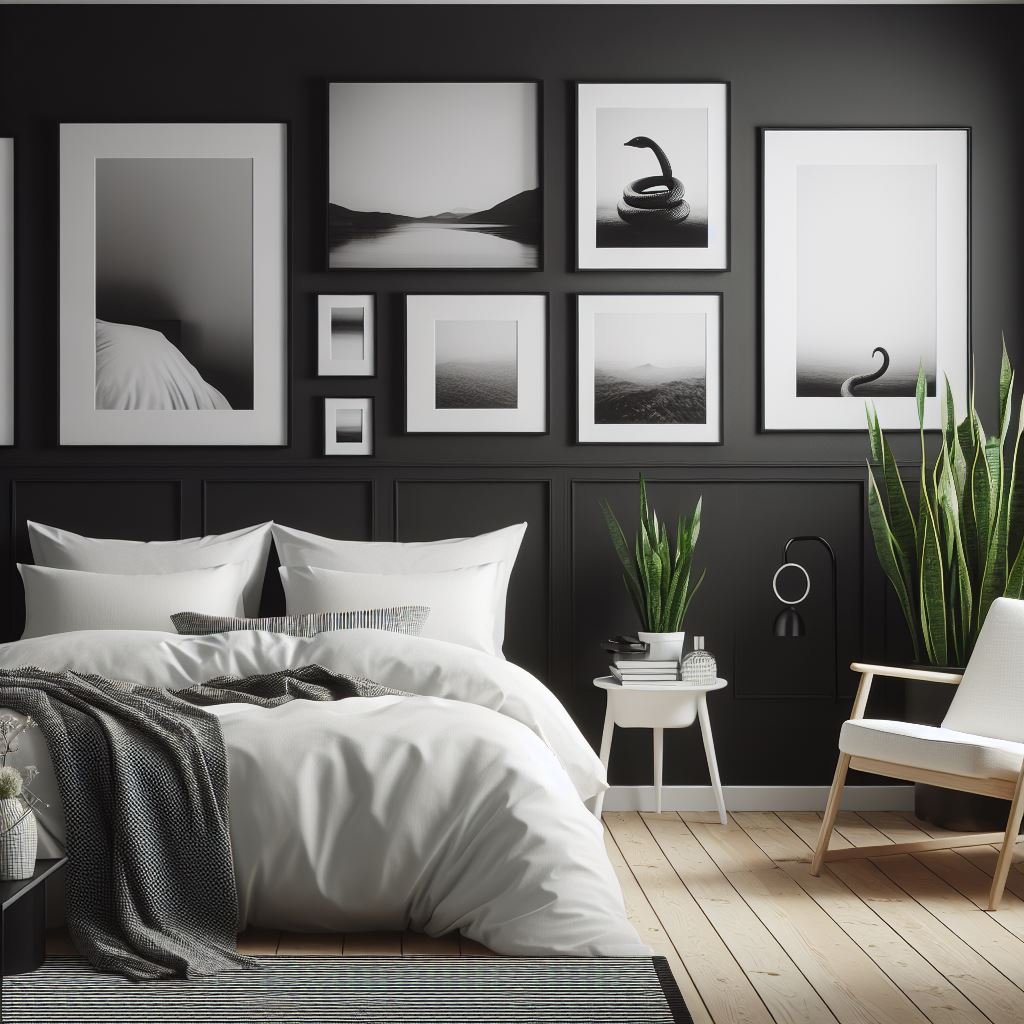How to Create a Color Palette for Interior Wall Painting
Discover the art of creating a vibrant color palette for your interior walls. Explore color theory, coordinate with furnishings, and learn professional painting tips. Whether you're a DIY enthusiast or seeking expert advice, this guide helps transform your home into a cohesive and inviting space.
Are you tired of staring at plain, white walls in your home? Do you long for a more vibrant and inviting space but don't know where to start? In this in-depth guide, we will be delving into the world of interior wall painting and exploring the art of creating a color palette that will transform your space.
Whether you're a DIY enthusiast or a design novice, this step-by-step guide will give you the knowledge and inspiration to bring color and personality into your home. Get ready to unleash your creativity and embark on a colorful journey that will make you fall in love with your walls again.
How to Create the Ideal Color Scheme for Your Home
Before diving into creating your color scheme, it's essential to understand the basics of color theory and the color wheel. The color wheel, a circular diagram of colors arranged by their chromatic relationship, is useful for discovering harmonious color combinations.
It consists of primary (red, yellow, blue), secondary (orange, green, purple), and tertiary colors (a mix of primary and secondary colors). Now, let's explore some practical steps to create the ideal color scheme for your home.
Understand Your Space
Consider the size, shape, and natural lighting of your room. Lighter colors can make a small room seem larger and more spacious, while darker colors can create a cozy, intimate atmosphere in larger rooms. The amount and type of light your room receives can also influence how colors appear at different times of the day.
Choose Your Base Color
Start by choosing a base color that you love. This will serve as the dominant color in your room. When choosing your base color, consider the mood you want to evoke. Cooler colors like blues and greens can create a calm, serene atmosphere, while warmer colors like reds and yellows evoke energy and passion.
Coordinate with Furniture and Accessories
Think about the color of your furniture, artwork, and accessories. These elements should influence your color choices. A cohesive color palette ties your room together, giving it a professional, finished look.
Consider the Flow of Your Home
Think about your house as a whole. Do the colors of your walls flow naturally from room to room? Creating a cohesive color scheme throughout your home can create a sense of harmony and balance.
Experiment and Finalize Your Palette
Finally, don't be afraid to experiment. Test paint samples on your walls and observe them at different times of the day and under different lighting conditions. This will help you finalize your palette and ensure you're happy with your choices in any light. Remember, creating a color palette should be a fun, creative process.
Use Online Tools and Apps
Use online color palette generators and mobile apps to simplify color selection. These digital tools offer pre-made color schemes based on color theory, allowing you to visualize your room in different colors.
Consider the Psychological Effects of Colors
Colors can dramatically affect our moods and feelings. For instance, blue is associated with tranquility and calmness, green with freshness and harmony, red with excitement and passion, and yellow with happiness and energy. Consider the emotions you want to evoke in each room when choosing colors.
Don't Forget the Finish
The paint's finish can also affect your room's overall look. A glossy finish adds a high shine and reflects more light, making the color look darker. On the other hand, a matte finish absorbs more light, making the color appear lighter. Consider this when finalizing your color palette.
Start Small
If you're uncertain, start painting a smaller space like a bathroom or a wall. This will give you an idea of how your chosen color will look and feel in your space.
Pro Painting Tips for Your Next Project
Now that we've covered how to create the perfect color palette for your home, it's time to get into the nitty-gritty of the painting process itself. Here are some tips to help you achieve a professional, polished result you'll be proud to show off.
Consult a Professional
If you're feeling a bit overwhelmed by the process, it may be beneficial to consult with an expert. An interior designer or professional painter can provide valuable insights into color trends and techniques, saving time and potential mistakes. They can guide your color choices, provide assurance on your selections, and their expert perspective could open up new ideas you hadn't considered. Remember, a little professional advice can go a long way. Click for more information on professional painting services.
Invest In High-Quality Supplies
Don't skimp on your painting supplies. High-quality brushes and rollers can make a significant difference in the quality of your paint job. They can provide a smoother finish, making the painting process easier and more efficient.
Prepare Your Space
Preparation is key to a professional-looking paint job. Remove any furniture or decorations from the room, or cover them with drop cloths to protect them from paint splatters. Clean the walls thoroughly and repair any holes or cracks before painting. This ensures that your paint will adhere properly and the finish will be smooth and even.
Use Primer
Primer creates an ideal surface for the paint to adhere to, enhancing the durability of your paint job and providing a more vibrant, uniform color. It's especially useful when painting over a darker color or on a new, unpainted wall.
Paint in the Right Order
Start painting from the ceiling and work your way down to the walls. This way, you can catch paint drips that fall while working, ensuring a cleaner finish. Paint the trim last after the walls are completely dry.
Take Your Time
Painting is a process that can't be rushed. Take your time applying the paint, covering every surface evenly. Be patient and allow each coat of paint to dry completely before moving on to the next. This ensures a smoother, more consistent finish.
Clean Up Properly
Once your painting project is done, clean your brushes and rollers thoroughly. This extends their lifespan and guarantees a smooth application for your next painting project.
Final Thoughts
Creating a color palette for your interior walls and executing it with professional techniques can transform your living space into a beautiful, cohesive masterpiece. Remember to have fun and experiment with different colors until you find the perfect combination for your home. When in doubt, don't hesitate to consult with professionals or take advantage of online tools and apps to guide you through the process.

